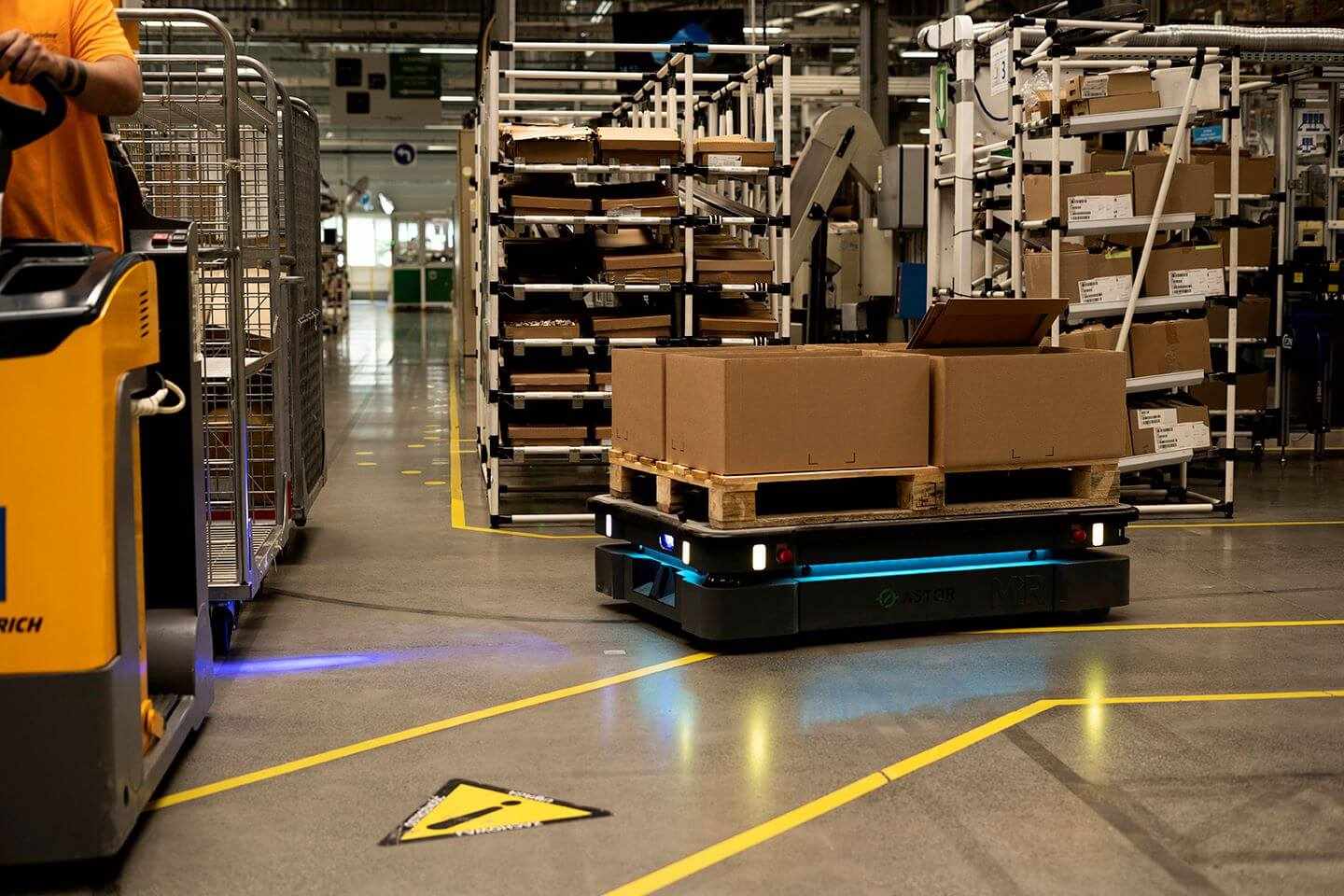
The India Warehouse Robotics Market size is predicted to reach USD 1241.2 million by 2030, at a CAGR of 22.8%. India’s warehouse robotics market is witnessing explosive growth in 2025, driven by the e-commerce boom, government initiatives, and technological advancements in automation. As one of the fastest-growing markets in the Asia-Pacific region, India is leveraging robotics to transform its logistics and supply chain sectors. But what are the primary forces fueling this growth, and how are they reshaping India’s warehousing landscape? This article explores the latest developments, market trends, and innovations driving India’s warehouse robotics market.
E-Commerce Boom and Consumer Demand
The rapid expansion of e-commerce in India is a major catalyst for the warehouse robotics market. Platforms like Flipkart and Amazon are driving demand for automated solutions to meet consumer expectations for faster deliveries. The global warehouse robotics market’s e-commerce segment accounted for 25.8% of the market share in 2024, and India’s contribution is significant due to its booming online retail sector. A report from The Business Research Company notes that the market is expected to reach USD 6.3 billion globally in 2025, with India’s e-commerce growth playing a pivotal role.
At the India Warehousing Show 2025, held in New Delhi on June 27, 2025, over 300 exhibitors showcased innovations like delivery robotics by Treewalker Automation, highlighting India’s commitment to enhancing warehouse efficiency. The event also launched an E-Handbook on Warehousing Standards, aiming to standardize processes across the logistics sector. These developments reflect the industry’s focus on automation to handle high-throughput operations and ensure timely last-mile delivery.
Government Initiatives and Industrial Modernization
India’s “Make in India” initiative is a significant driver, encouraging industrial modernization and automation adoption. India’s rapid urbanization and government support for smart infrastructure development are key contributors. The initiative has spurred investments in robotics, particularly in manufacturing and logistics hubs like Bengaluru and Mumbai.
The presence of major players like Daifuku Co., Ltd. and Addverb Technologies, an Indian robotics firm, underscores India’s growing influence. Addverb’s solutions, tailored for e-commerce and manufacturing, are gaining traction, with customized Autonomous Mobile Robots (AMRs) designed to handle fragile goods. The AMRs segment is expected to hold over 29% of the market share in 2025, driven by their flexibility and efficiency in warehouse operations.
Technological Advancements and AI Integration
Technological innovations, particularly in AI, machine learning (ML), and the Internet of Things (IoT), are transforming India’s warehouse robotics market. The integration of AI-enabled visual recognition and collaborative robots (cobots) enhances precision in tasks like picking and sorting. A post on X highlighted DHL Global’s deployment of sortation robots from Unbox Robotics at its B2C warehouse in India, automating marketplace sorting and manifest generation. This reflects the industry’s shift toward AI-driven automation to reduce errors and improve efficiency.
In April 2025, Uniserve partnered with Logistics Reply to implement LEA Reply, a cloud-native Warehouse Management System (WMS) that integrates with robotics to boost scalability and productivity. Such advancements are critical for India’s logistics sector, where real-time visibility and error reduction are priorities. The adoption of 5G, with 4G penetration expected to reach 21% in 2025, further supports real-time data transfer for robotic coordination.
Addressing Labor Shortages and Safety
Labor shortages and safety concerns are driving robotics adoption in India. The global warehouse robotics market is propelled by the need to minimize human error and enhance safety, with Automated Guided Vehicles (AGVs) and AMRs achieving up to 99.9% picking accuracy. India’s logistics sector faces challenges like high labor costs and an aging workforce, making automation a cost-effective solution. Cobots, which work alongside human operators, are particularly popular among Indian SMEs, as they require minimal infrastructure changes.
The food and beverage and pharmaceutical sectors in India are adopting robotics to meet stringent safety and hygiene standards. The picking and placing segment, critical for e-commerce, is expected to hold over 34% of the market share in 2025, reflecting India’s focus on high-efficiency automation.
Challenges and Opportunities
Despite its growth, the Indian warehouse robotics market faces challenges, including high initial costs and the need for skilled professionals to manage advanced systems. Supply chain disruptions and tariff changes also pose risks, particularly for SMEs reliant on imported components. However, opportunities abound, particularly in integrating robotics with emerging technologies like warehouse digital twins, which create virtual models for optimizing operations. The growing recommerce market, driven by sustainability trends, is also creating demand for robotics to handle returns efficiently.
Conclusion
India’s warehouse robotics market in 2025 is thriving, driven by e-commerce growth, government initiatives like “Make in India,” and technological advancements in AI and IoT. With the global market projected to reach USD 6.3 billion in 2025 and a CAGR of 14.4% through 2032, India is a key player in the Asia-Pacific region. Innovations like sortation robots and cloud-based WMS are transforming logistics, while challenges like costs and supply chain risks remain. As India continues to invest in automation, its warehousing sector is poised to become more efficient, sustainable, and globally competitive.


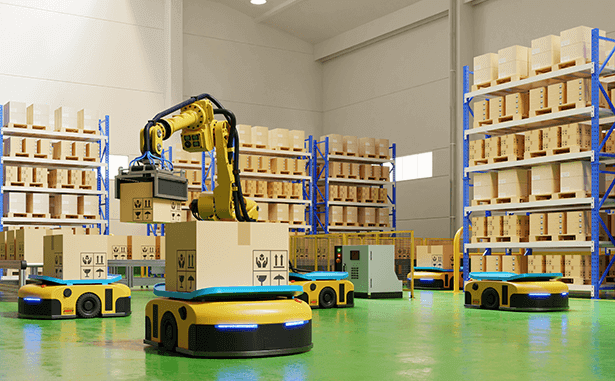
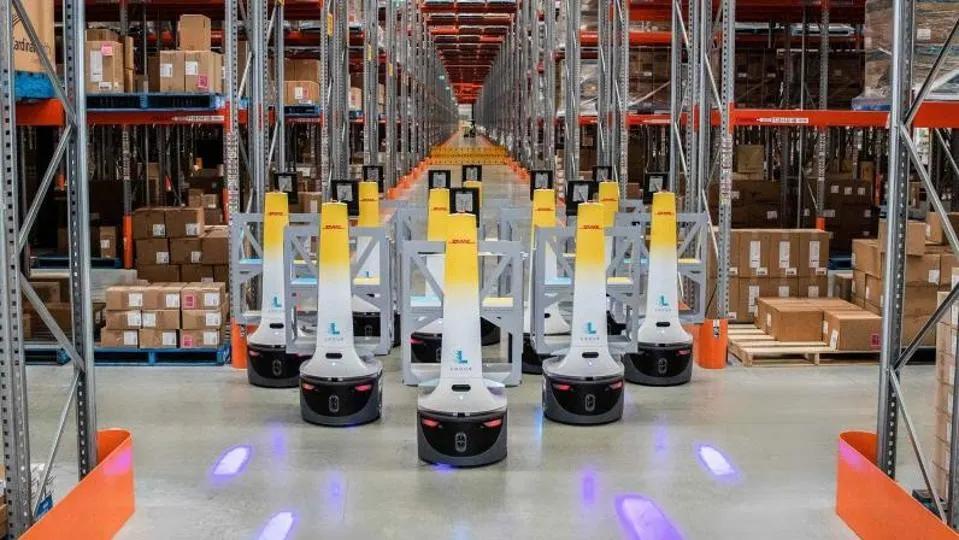
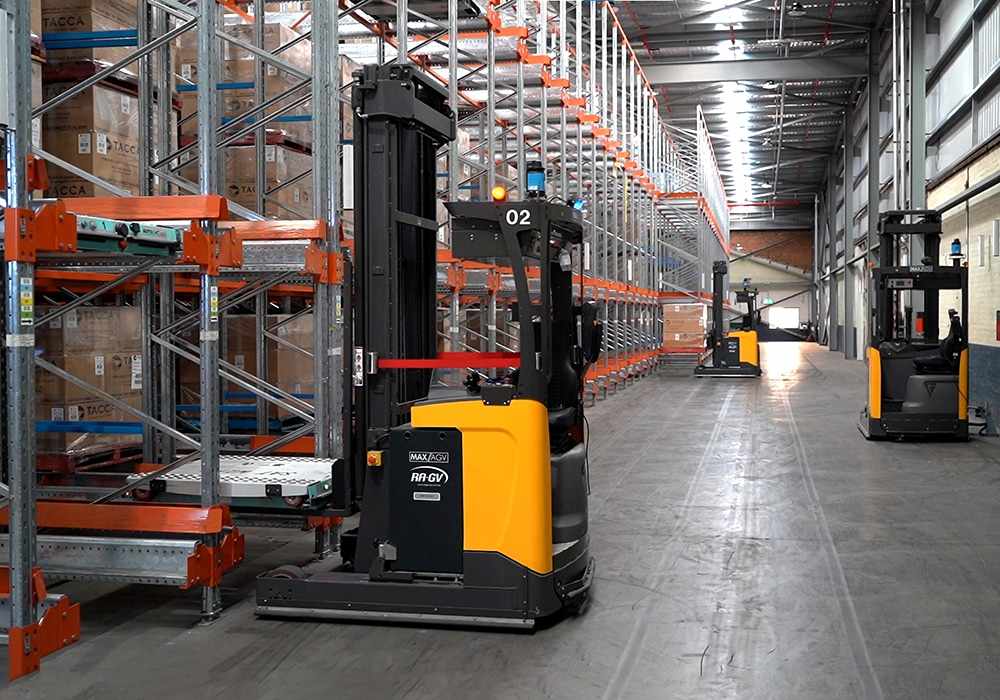
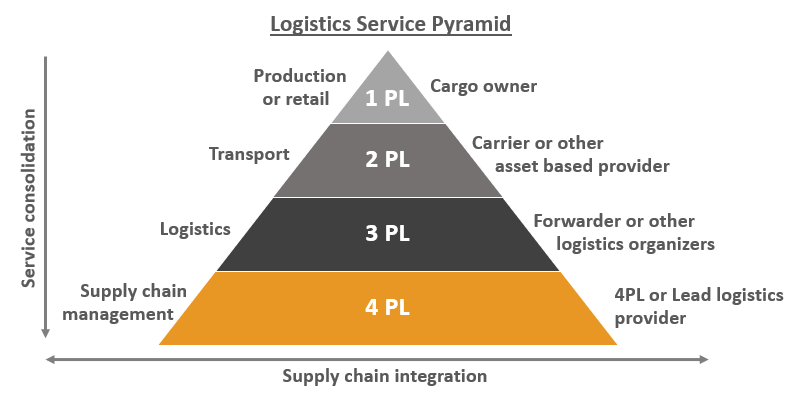
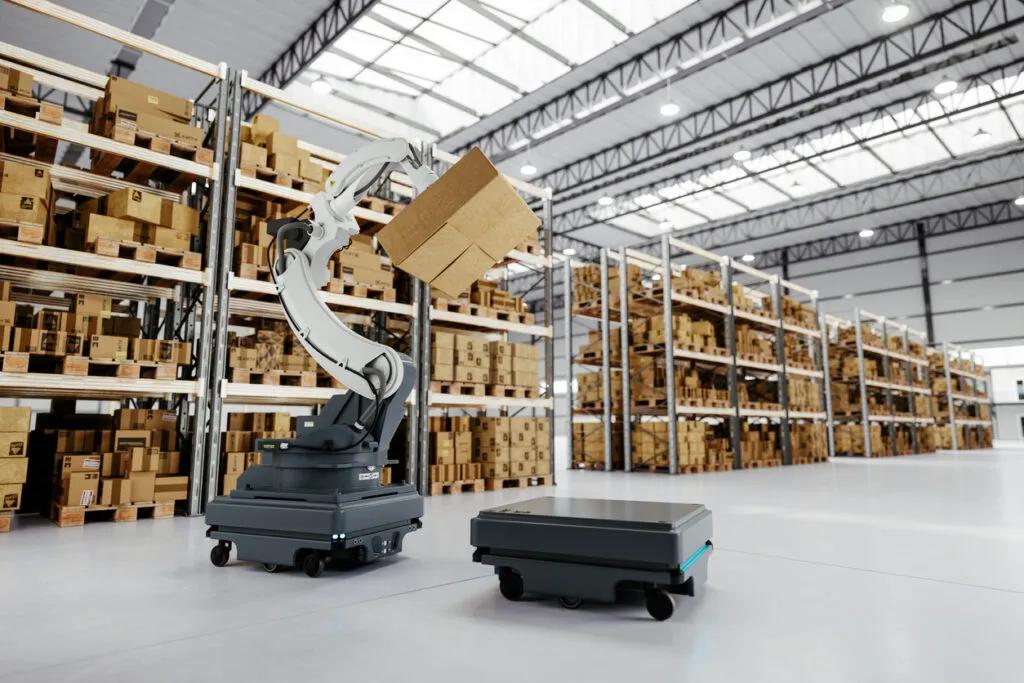


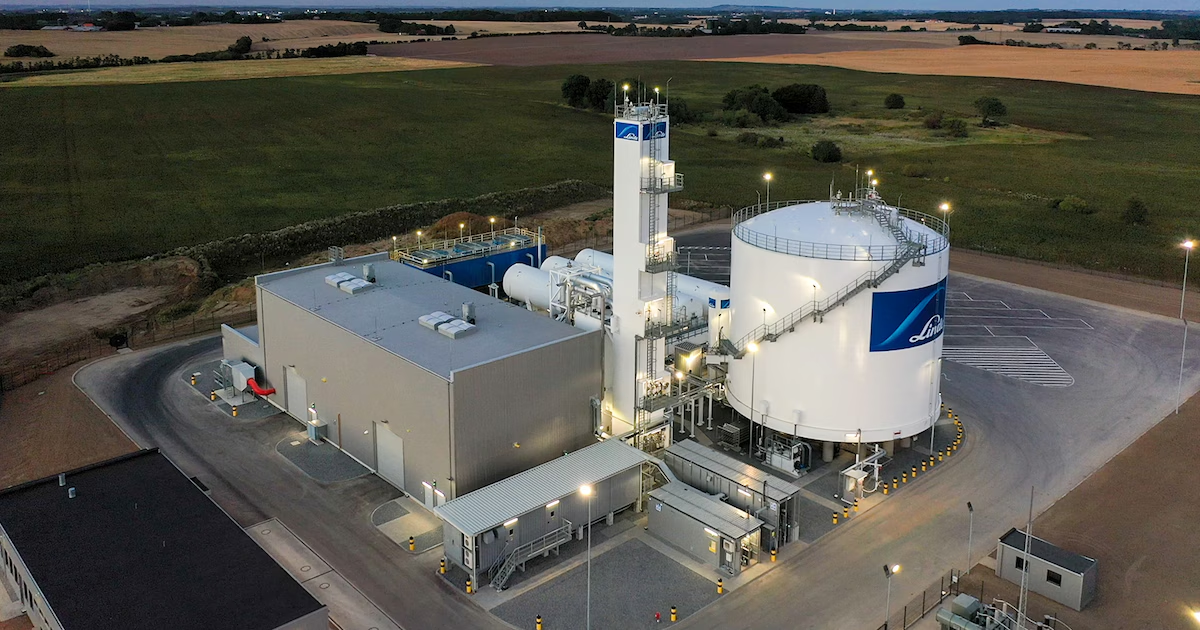
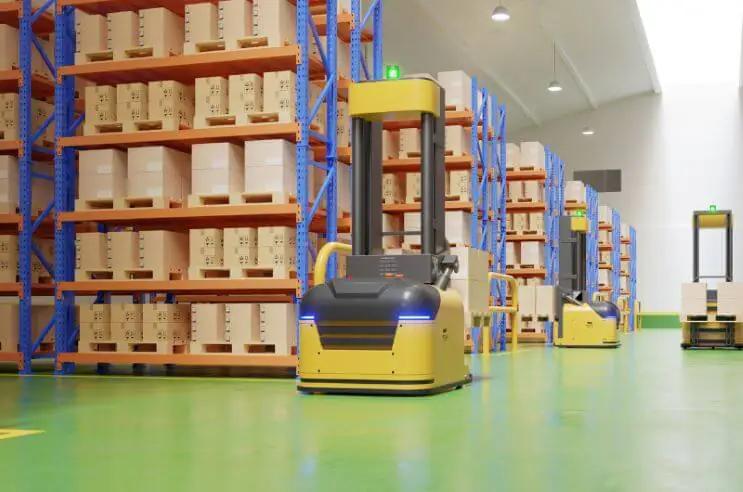

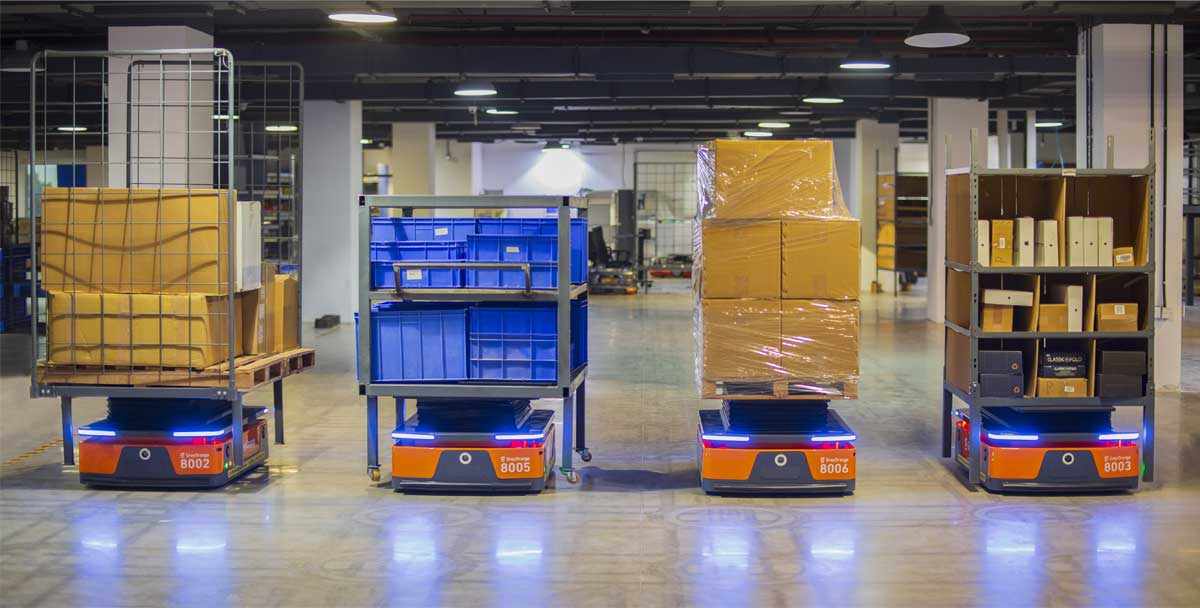

Write a comment ...